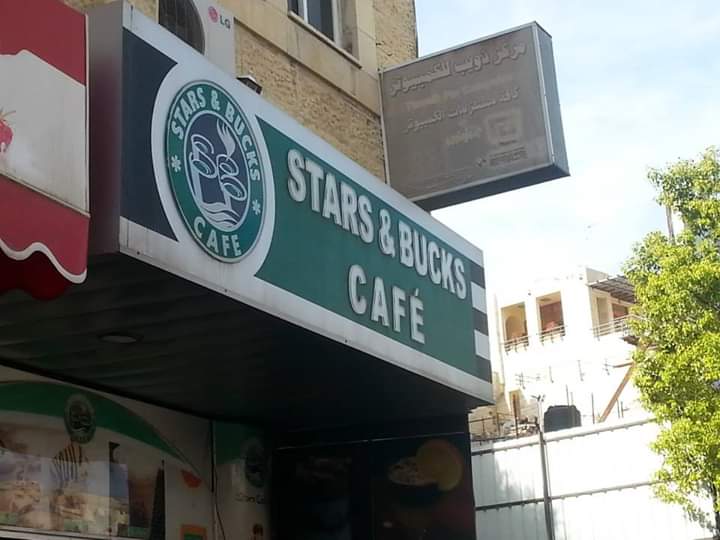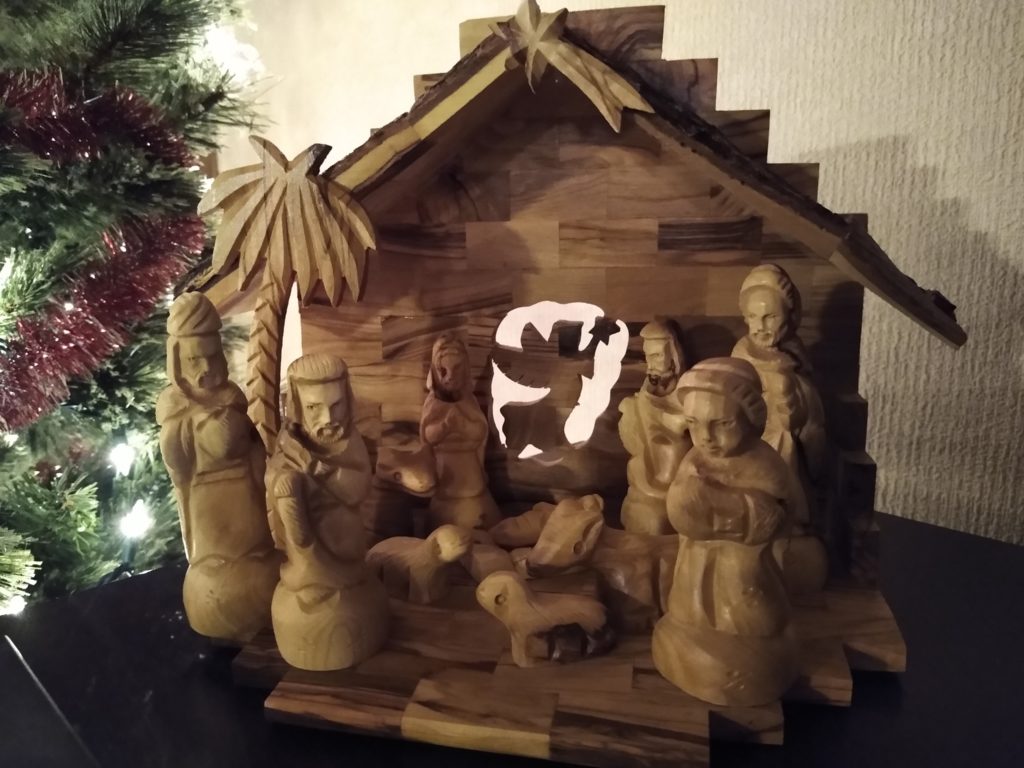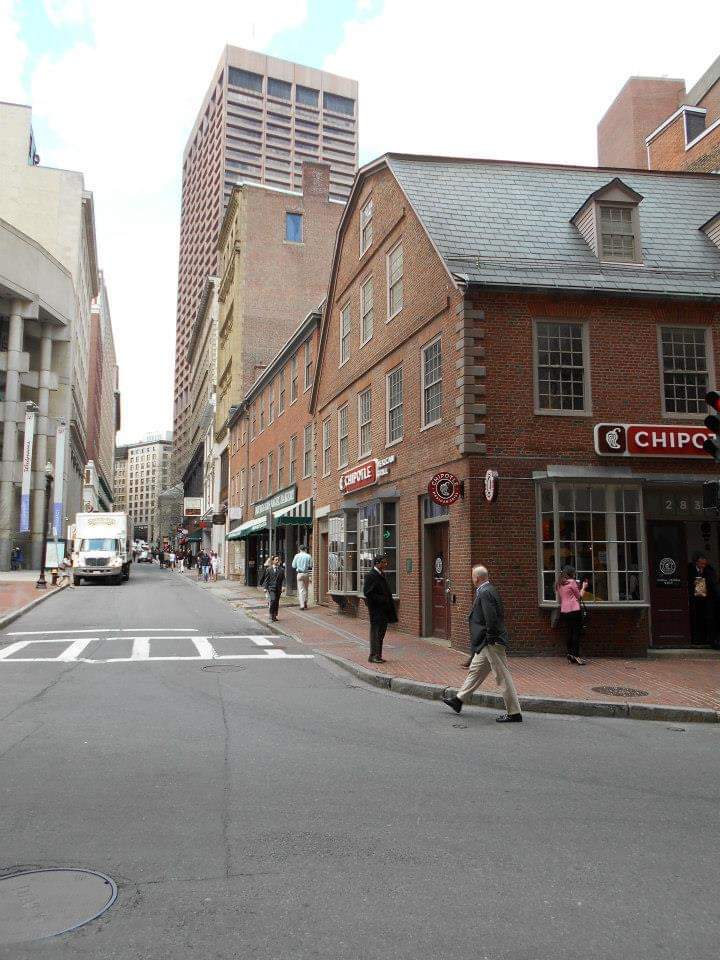
Travel Journal, 73
My wife and I walked together in the Jewish Quarter of Jerusalem, several years ago. The stone streets led us through beautiful and ancient pathways, revealing one of the most important and stunning cities we have ever visited. When people ask me where to go if they had only one trip left in their life, I tell them, Jerusalem. You’ll never find a place more eclectic, stunning, historical, rewarding, fun, delicious, and mysterious.
We were on our second day in Israel, after taking a bus from Tel Aviv. I could feel that Grim-Reaper-like presence of jet lag creeping in. It always seems like we’re only one step ahead.
But we stopped at a café in the Jewish Quarter for some falafel (tasty pita wrap made from chic peas), and I found a stand nearby selling coffee.
If you haven’t noticed by now, I love coffee in its varied and delightful forms. And in the United States, finding coffee, and quality coffee at that, proves quite easy. Many people are on the hunt for the perfect cup. But there is one form of coffee which is pretty rare to find. Sure, if you look closely you may discover it on a menu at a middle eastern or Mediterranean restaurant. But even then, it’s not a very popular drink.
I’m talking about Turkish Coffee.
Why is this drink so unpopular and unknown? I have a theory: it is very strong, and far from sweet. In a world of tall, sweet, iced, chocolaty, creamy, blended, caramelized, and rich, Turkish Coffee only vaguely resembles a distant cousin. Turkish Coffee possesses all of the recessive genes: short, hot, highly spiced, only a couple of ounces, very strong, and almost pungent.
But don’t be frightened. Fortune favors the bold.
I took a sip at that café in Jerusalem and almost fell off my stool. The coffee stand worker noticed my mistake and rushed to tell me to wait to drink it. I had taken in mostly fine and bitter grounds.
Turkish coffee consists of a finely ground coffee and various spices, such as cardamom. It is also served with sugar. The coffee is typically served with only a few ounces of boiling water. The server will scoop the grounds, spice, and sugar into a small copper pot with a small handle and heat it to boiling several times. After it has met with his satisfaction, the coffee slurry is poured into cup. The drinker then waits for the grounds to settle to the bottom of the cup, hence most Turkish coffees are served in glass.
Though even after the grounds settled to the bottom, the drink still nearly floored me. Turkish Coffee remains one of my favorite coffee drinks in the world. But word to the wise, it will put hair on your chest.
anthony forrest

